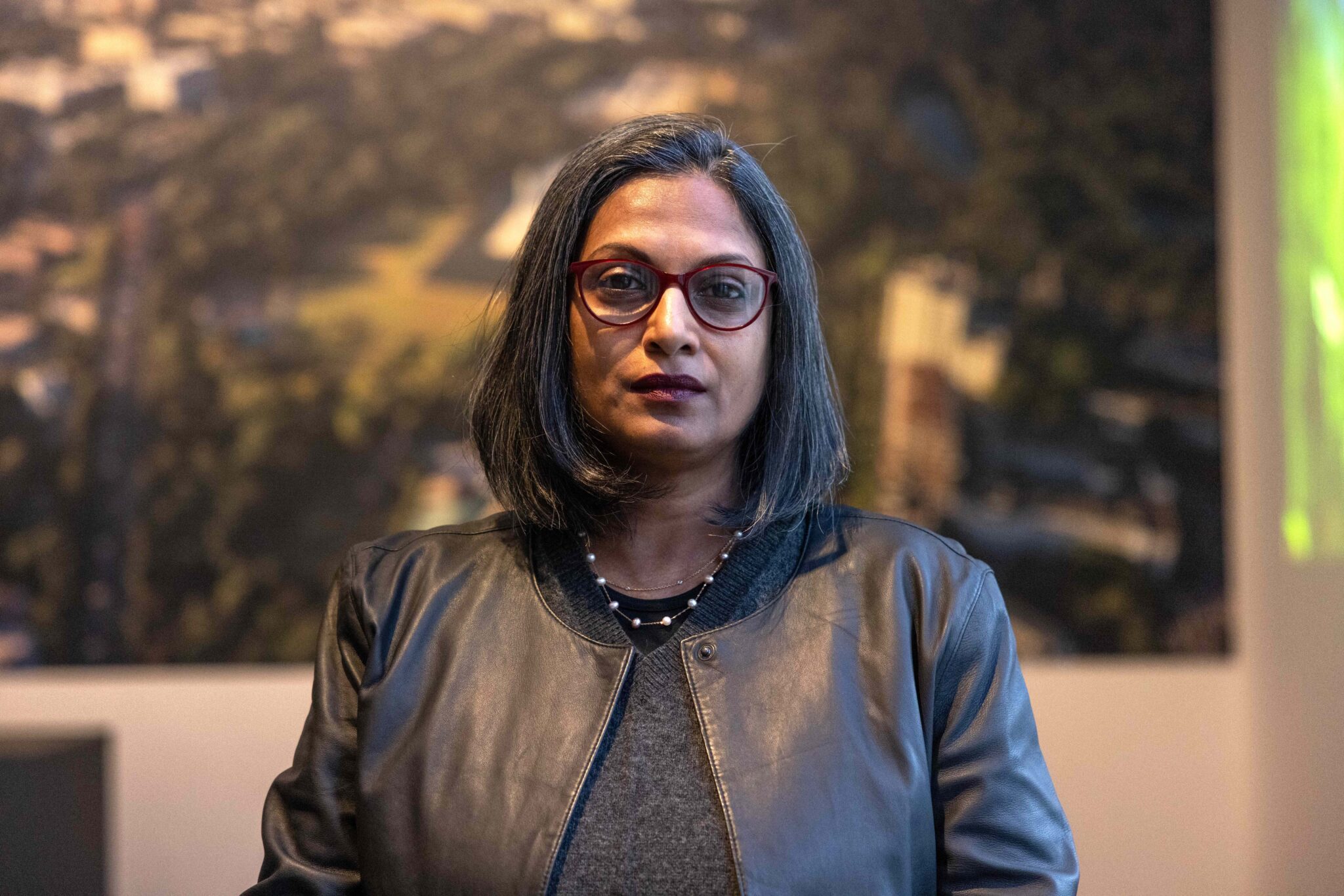My Kind of Town: Jaffna’s isolation has been to its advantage



Writing at a time when the world has been turned upside down, I have chosen as my kind of town a place that has survived more than its fair share of adversity. It offers hope and sets an example of how resilient people and places can be. Jaffna is the capital of the Northern Province of Sri Lanka, a predominantly Tamil area. Civil war over the governance of the Tamil-speaking areas in the north and east of Sri Lanka lasted 40 years, and as a result Jaffna remained off the tourist trail. But my father is a ‘Jaffna Man’, and I have visited, known and loved the place for more than 50 years.
My first visit in the 1960s felt like a trip to the moon, a place so remote that it took 24 hours in a plane and 12 by train to get there. Surprisingly on my last visit in 2011 it felt just as remote. It took longer to travel the 240 miles from Colombo to Jaffna on potholed, damaged roads than to fly 5,400 miles from London to Colombo. We had difficulty in obtaining the special permits needed to travel to Jaffna to visit my 106-year-old grandmother.
The Jaffna peninsula is beautiful – flat, arid, windy, and watery: a land of paddy fields and coconut plantations, bullock carts and mango trees, gods and cricket. The only access to the peninsula is across Elephant Pass. With salt flats and lagoons on either side, you cross it and enter another world.
The only access to the peninsula is across Elephant Pass. With salt flats and lagoons on either side, you cross it and enter another world”
In Jaffna town stands the grand white colonial library, one of the largest in Asia. Built by the British in 1933, it was twice ravaged in the civil war, the books and records all burnt, and the structure ruined. The building you see now is a faithful replica. The Portuguese Fort, the other important monument, was also damaged by war.
However, the Jaffna of my memory and experience is a sprawling collection of communities with dry sandy lanes, lined with palm fences and houses set on separate plots, each with a well and patches of land to grow fruit, vegetables and chillis. Rendered red-striped temples loom large at the heart of each district, with surrounding fingers of corrugated iron shacks selling cold drinks, snacks and garlands for the temple deities. The temples are busy places, villages in themselves, each one dedicated to a god. Entered through towers called gopurams, swarming with brightly coloured stone figures, the walls usually enclose a bow tree and collection of buildings, where changes in level and covered colonnades create a social and spiritual heart for the community.
After A-Levels I stayed in Jaffna, cycling around the town and its islands with a school friend, on sit-up-and-beg bikes lent by my cousins. We came to love the place and its welcoming people. Returning immediately after the tsunami and the war, I found a self-sufficient people cut off from the outside world. There had been no building work, and bullock carts were used to farm, while cars were few and far between. The sandy lanes were the just the same.
War had stopped the clock in Jaffna; it had allowed the town to skip the worst impacts of mass tourism, offering instead an opportunity to emerge as a progressive place”
In the garden of my parents’ old colonial house, with white elephants guarding the porch, were limes, jack fruit, papaya, guava, bananas, mangoes and many other exotic fruits, nuts and vegetables. A lady on a bicycle delivered takeaway rice and curry wrapped in a banana leaf, which doubled as a plate and was then eaten by the cow. The cow gave us milk and its dried cowpats were used as fuel to cook and heat water.
Jaffna is famous for its mangoes and characterised by the palmyra palm – a tree that gives its all. The houses are made from its hardwood trunk and their roofs and fences from its fan-shaped leaves. Toddy (a sort of beer) and Arak (a spirit) are tapped from its sap. Its new leaves are fed to the cattle and the veins of the old leaves used to make brooms and rope. Its black round fruit has a kernel that can be planted, and the shoots eaten, and if you squeeze the fruit and dry it in the sun, a cake can be made from it.
My sense was that the war had stopped the clock in Jaffna; it had allowed the town to skip over the worst impacts of mass tourism, offering instead an opportunity to emerge as a progressive place, sustainable and sensitive to our new world of climate warming. I am wary of returning in case the beauty and clarity of my memory have not survived Jaffna’s reintroduction to the world.














